Available 24/7
Available 24/7
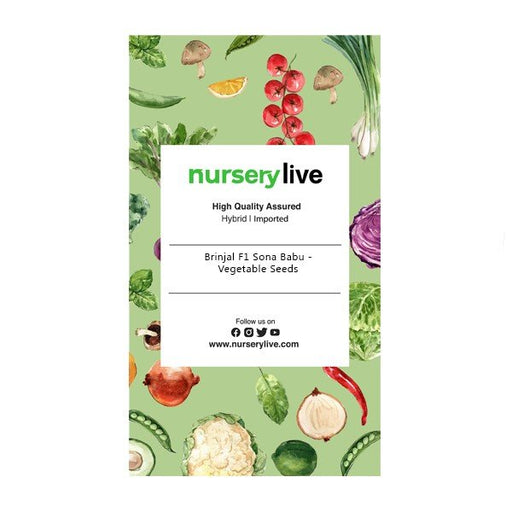
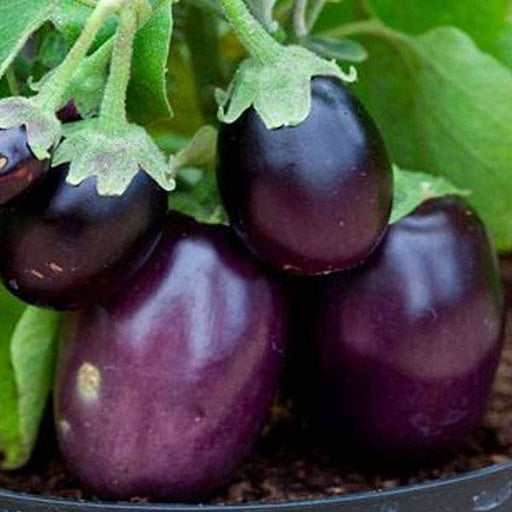 Save 50%
Save 50%
Description 1 packet contains - 50 seeds of brinjal. The brinjal (eggplant or baingan or aubergine) is called the King of Vegetables by some cultur...
View full details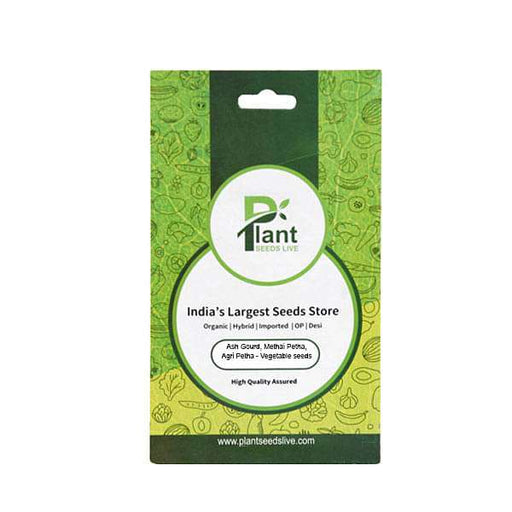
 Save 50%
Save 50%
Description1 packet contains Ash Gourd - 3gm seeds.Ash gourd is a tender vine, which produces large fruit. Famous as a wax gourd, winter melon, whi...
View full details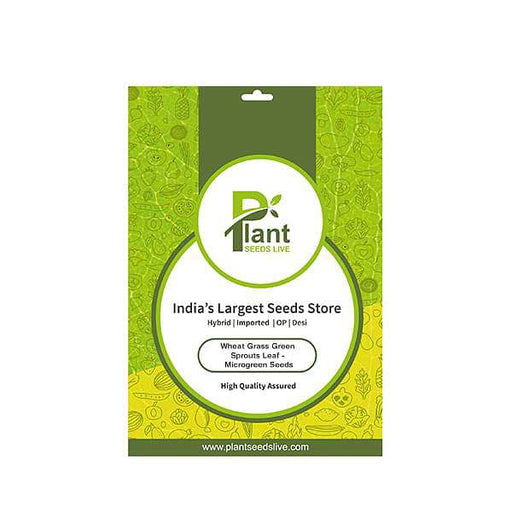
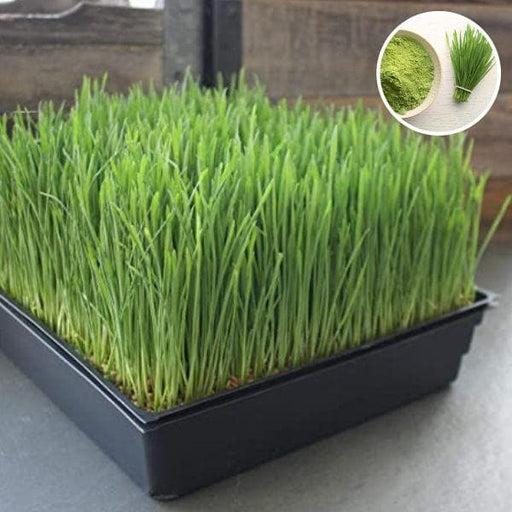 Save 50%
Save 50%
DescriptionWheat Grass Green Sprouts Leaf - Microgreen Seeds Microgreens are relatively easy to grow on a small scale and can also thrive indoors i...
View full details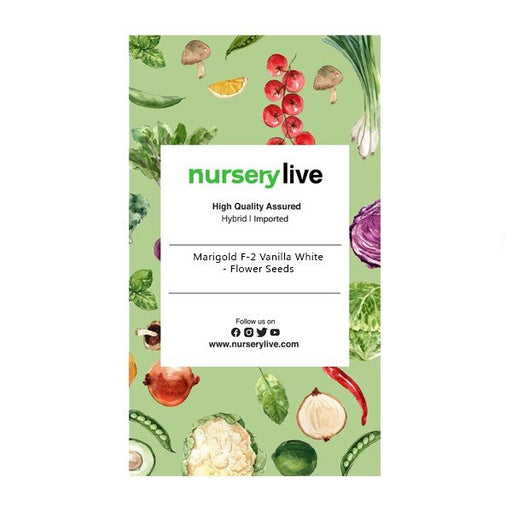
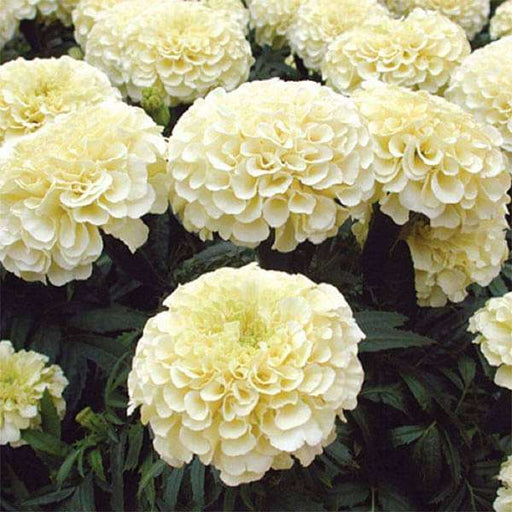 Save 50%
Save 50%
DescriptionMarigold are among the very popular flowers commonly found in India and other countries. In India marigold is one of the most commonly ...
View full details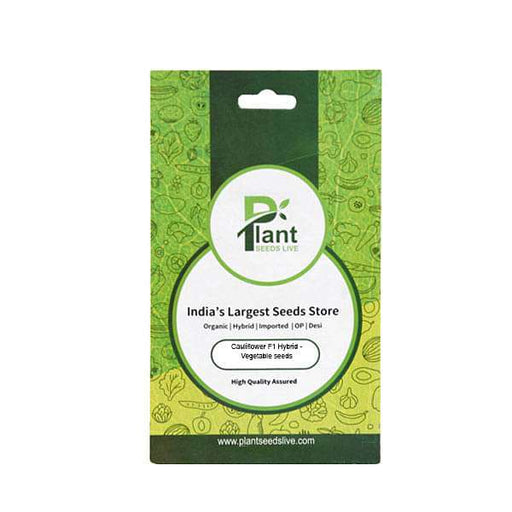
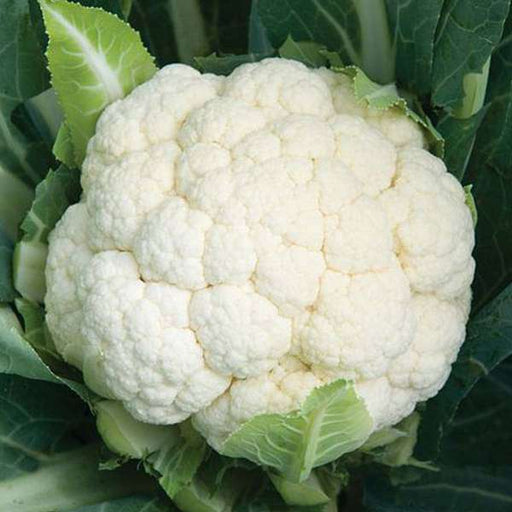 Save 50%
Save 50%
Description 1 packet contains 50 seeds of Cauliflower. Packed with rich nutrients, cauliflower or cabbage flower is one of the commonly used flower...
View full details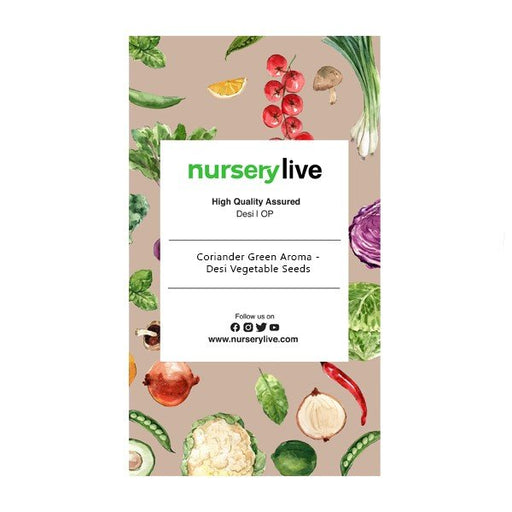
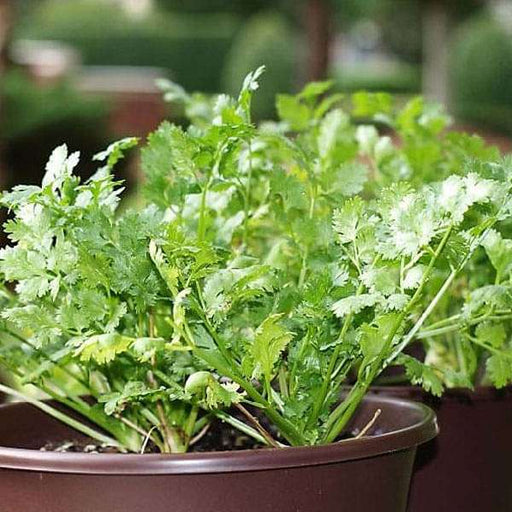 Save 51%
Save 51%
DescriptionAll parts of the Coriander is used in cooking. 1 packet contains approximately 35 seeds.Coriander is a fast-growing, aromatic herb that ...
View full details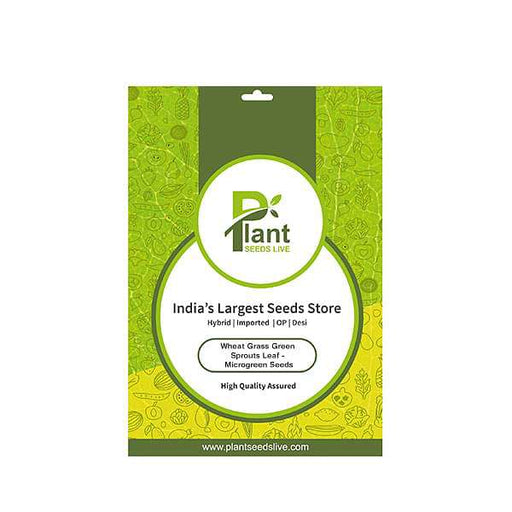
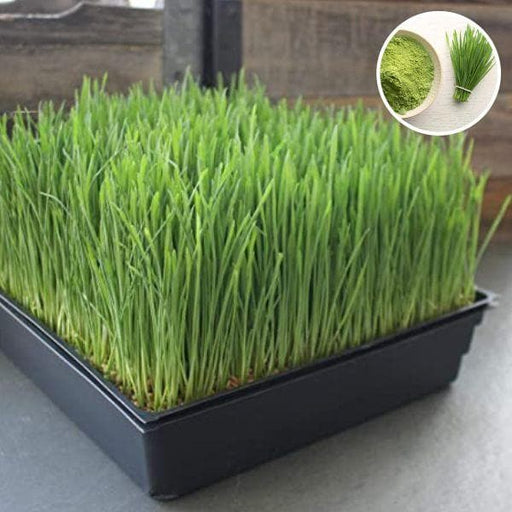
DescriptionWheat Grass Green Sprouts Leaf - Microgreen Seeds Microgreens are relatively easy to grow on a small scale and can also thrive indoors i...
View full details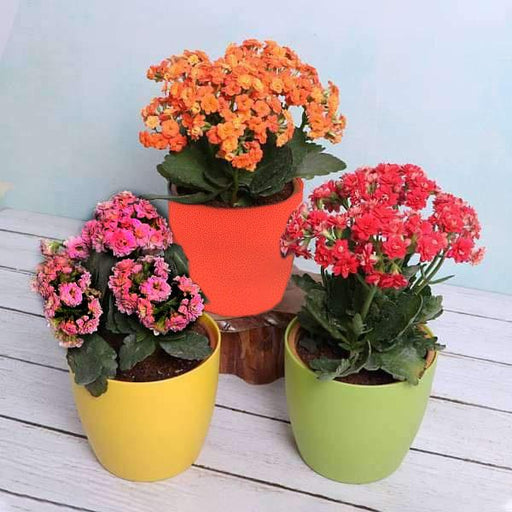
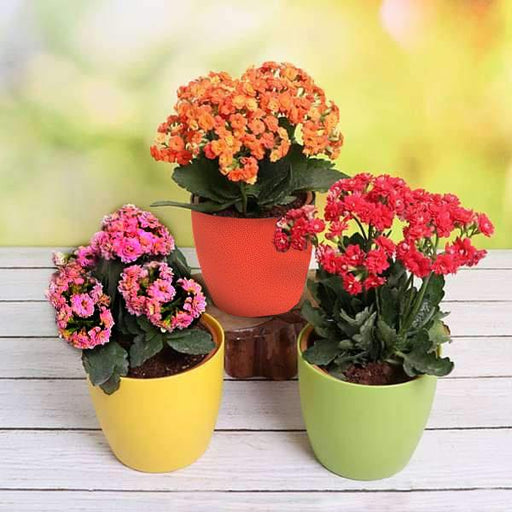 Save 10%
Save 10%
DescriptionThe Kalanchoes are thick leaved elegant flowering succulent houseplants. Make your home garden more vibrant and full of colors by bringi...
View full details Save 45%
Save 45%
Description Pack of 4 succulents that are very easy to care for. A perfect pack to start growing plants worry-free. About You get 4 succulent plant...
View full details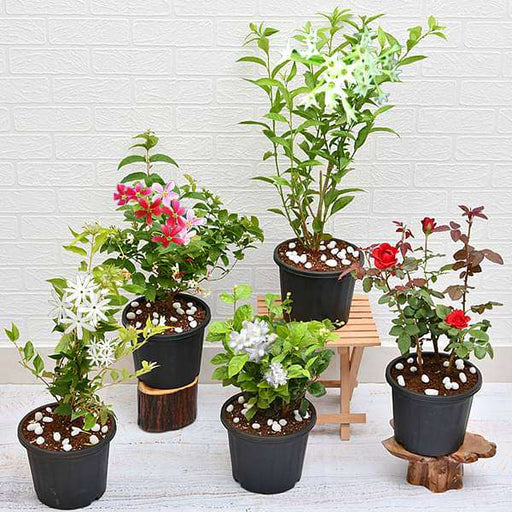 Save 12%
Save 12%
DescriptionAromatic plants bring into a room or house an often overlooked benefit. These plants have a pleasant scent.About You plant a hope when ...
View full details
 Save up to 50%
Save up to 50%
DescriptionIf you long for indoor greenery but have not succeeded with houseplants, consider these beautiful succulents. A perfect pack to start gr...
View full details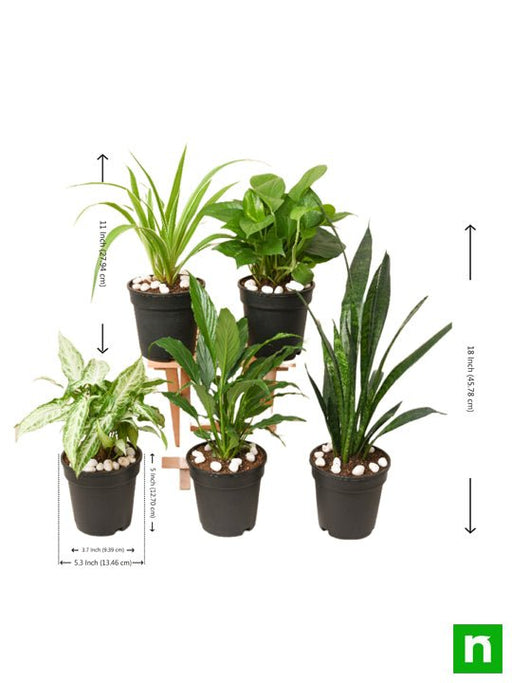
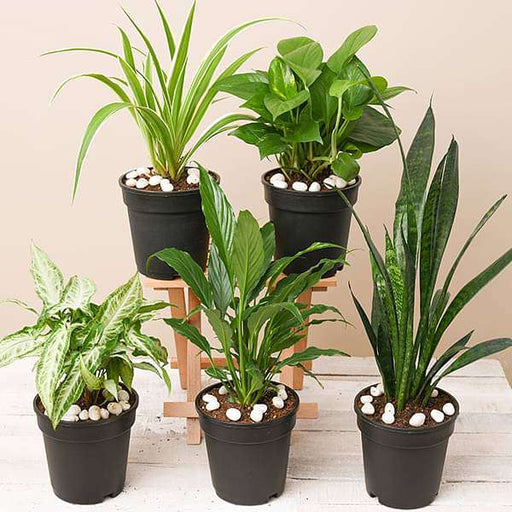 Save 21%
Save 21%
DescriptionThis plants pack contains amazing 5 houseplants + 5 Pots. Surround your home with these best pollution killer plants for a clean and hea...
View full details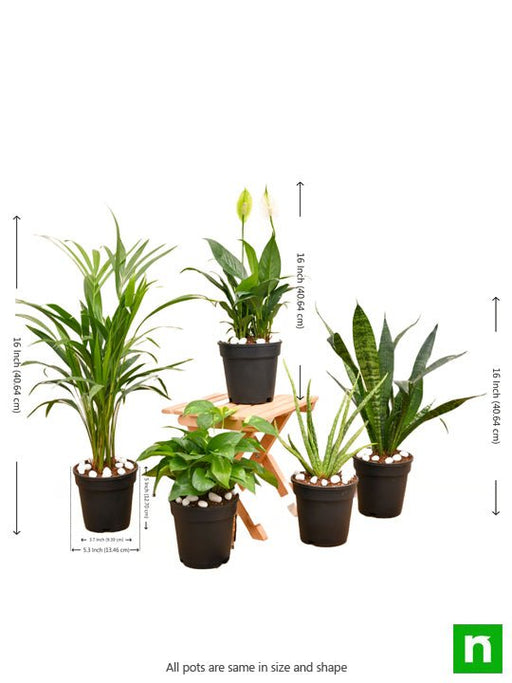
 Save 20%
Save 20%
DescriptionIf you or anyone from your family wants to breathe fresh air, cleaner air in their homes, this 5 plants pack purify the air around and r...
View full details
 Save 40%
Save 40%
DescriptionSet of 2 Bonsai Looking Grafted Adenium PlantsAbout You get 2 Bonsai looking hardy grafted Adenium plants in a single pack.Plants are k...
View full detailsAmaranth is one of the few plants that properly combines beauty and nutrition Amaranthus spp.
The leaves can be green or a variety of colours including variegated and are consumed in the same way that spinach and chard are. Some species and variants have stunning huge brilliantly colored blooms.
Amaranth is also known as Chinese spinach and its origin is unknown due to its widespread distribution. A. cruentus A. blitum A. dubius and A. tricolour are the four major species produced as vegetables.
Out of 70 varieties only around twelve species of the Amaranthus genus are grown around the world either as ornamental or as edibles for their grain or leaves. Within that dozen though there are a slew of popular varieties.
Amaranthus caudatus Coral Fountain Amaranthus caudatus Dreadlocks Amaranthus hypochondriacus Green Thumb Amaranthus tristis tricolor Amaranthus cruentus Hopi Red Dye and other varieties are among the most popular among gardeners.
Amaranth is a fairly simple plant to grow. They can handle some crowding and look great in clumps or groupings. You can notice the germination in amaranths within 3-14 days.
Amaranth plants thrive in ordinary to rich well-draining soil with a balanced nitrogen and phosphorus content. Cover your seeds with only 116 of potting mix.
Place a humidity dome over the containers until germination occurs or spread a thin layer of vermiculite over the pots to keep them at 65-75F with uniformly wet conditions.
In 3-14 days you should witness sprouting. To avoid competition it's necessary to eradicate any grasses from around the seedlings while there still small.
Mulch helps to keep weeds at bay while also conserving soil moisture. Extra irrigation during dry months and fertilizer application once or twice during the growing season will help the plants.
Amaranth produces huge flower heads and broad leaves which generate thousands of protein-rich seeds. To cultivate this nutrient-dense plant in your yard you'll need to start with the best seeds you can find.
Nurserylive can provide you with high-quality Organic Amaranth Seeds that have a high germination rate and are unadulterated. The seeds of amaranth are small yellowish and spherical.
Amaranth has three times the fiber content of wheat and five times the iron content of wheat. So what are you holding out for Now is the time to order your Amaranthus seeds.
Finding high-quality amaranthus seeds is essential for growing healthy and vibrant amaranth plants. Shopping for amaranthus seeds online can give you access to a wide variety of high-quality seeds that can help you create a stunning and beautiful garden.
Understanding the best time to plant amaranthus is essential for ensuring healthy and successful growth. Amaranthus is typically planted in the spring or early summer and can be grown throughout the summer and fall.
Amaranthus can be used in a variety of garden designs, including container gardens, borders, and mass plantings. Understanding the best ways to incorporate amaranthus into your garden design can help you create a beautiful and visually interesting landscape.
Amaranthus is a versatile crop that can be grown for both ornamental and food purposes. Understanding the best ways to grow and harvest amaranthus for use as a food crop can help you create delicious and nutritious meals using this amazing plant.
Amaranthus can also be used as a natural dye for fabrics, yarns, and other materials. Understanding the best ways to use amaranthus as a natural dye can help you create beautiful and unique textiles using this incredible plant.
Amaranthus has been used in traditional medicine for centuries to treat a variety of ailments, including diarrhea, fever, and sore throats. Understanding the traditional uses of amaranthus in medicine can help you appreciate the healing properties of this amazing plant.
Amaranthus has been used as a symbol of immortality and eternal life in many cultures throughout history. Understanding the symbolic significance of amaranthus can help you appreciate the cultural and historical importance of this amazing plant.
Growing amaranthus in your garden can help promote biodiversity and support a healthy ecosystem. Understanding the ecological benefits of amaranthus can help you make informed choices about how to design and manage your garden.
Amaranthus is a great plant for attracting pollinators such as bees and butterflies to your garden. Understanding the role of amaranthus in supporting pollinator populations can help you create a healthy and vibrant garden ecosystem.
Amaranthus is a great companion plant for many other crops, including tomatoes and peppers. Understanding the benefits of amaranthus in companion planting can help you create a more productive and healthy garden.
Amaranthus is a great crop for improving soil health and fertility. Understanding the ways in which amaranthus can improve your soil can help you create a healthier and more productive garden.
Amaranthus leaves are edible and can be used in a variety of dishes, including soups, stews, and salads. Understanding the best ways to harvest and prepare amaranthus leaves for consumption can help you incorporate this nutritious plant into your diet.
Amaranthus seeds are also edible and can be used in a variety of dishes, including porridge, bread, and granola. Understanding the best ways to harvest and prepare amaranthus seeds for consumption can help you incorporate this nutritious plant into your diet.
Amaranthus can be used as a natural dye for fabrics, yarns, and other materials. Understanding the best ways to use amaranthus as a natural dye can help you create beautiful and unique
There are many different varieties of amaranthus available, each with unique colors and shapes. Understanding the different types of amaranthus can help you choose the perfect variety for your garden.
Amaranthus is a great cut flower and can be used in floral arrangements and bouquets. Understanding the best ways to harvest and arrange amaranthus for cut flower use can help you create stunning floral displays.
Amaranthus can also be dried for use in crafts and home decor projects. Understanding the best ways to dry amaranthus can help you preserve its beauty and use it in a variety of creative ways.
Amaranthus is a great plant for landscaping and can be used in a variety of ways, including as a ground cover, edging plant, or specimen plant. Understanding the best ways to use amaranthus in your landscape design can help you create a beautiful and visually interesting outdoor space.
Amaranthus can be grown in containers, making it a great option for small spaces such as balconies or patios. Understanding the best ways to grow amaranthus in containers can help you create a beautiful and functional container garden.
Amaranthus can also be grown in vertical gardens, allowing you to maximize your growing space and create a stunning living wall. Understanding the best ways to grow amaranthus in a vertical garden can help you create a unique and visually interesting outdoor feature.
Amaranthus seeds are small, dry seeds that can be planted to grow amaranthus plants.
Amaranthus plants are easy to grow, require minimal maintenance, and produce vibrant foliage that can add color and texture to any garden or landscape.
Amaranthus seeds should be planted in the late summer or early fall in India.
Amaranthus plants prefer well-draining soil that is rich in organic matter.
Water your amaranthus plants once or twice a week, or whenever the soil feels dry to the touch.
Yes, amaranthus plants can be grown in containers as long as the container has adequate drainage.
Use a balanced fertilizer with equal amounts of nitrogen, phosphorus, and potassium for your amaranthus plants.
Amaranthus plants can grow anywhere from 1 to 8 feet tall, depending on the variety.
Amaranthus plants prefer to be grown outdoors in full sunlight.
Amaranthus plants can last for several months, but may die back in extreme temperatures.
Common pests and diseases in amaranthus plants include aphids, spider mites, and powdery mildew.
Yes, amaranthus leaves are edible and can be used in a variety of dishes.
Allow the amaranthus flowers to fully mature and dry on the plant, then collect the seeds and store them in a cool, dry place for next year's planting.
If the leaves of your amaranthus plants are turning yellow or the soil is constantly wet, it may be getting too much water.
If the leaves of your amaranthus plants are wilting or the soil is dry to the touch, it may be getting too little water.
Amaranthus plants can tolerate hot and dry conditions, but may require more frequent watering.
Amaranthus plants can be grown from stem cuttings, but it is easier to grow them from seeds.
Prevent pests and diseases in your amaranthus plants by keeping the plants clean, avoiding overwatering, and providing proper air circulation.
Yes, amaranthus plants have been traditionally used for their medicinal properties, including their ability to lower blood pressure and cholesterol levels.
Amaranthus plants prefer full sunlight, but can tolerate partial shade.
Amaranthus plants can be propagated by seed, stem cuttings, or division.
Amaranthus plants prefer slightly alkaline soil, but can tolerate slightly acidic soil.
If the leaves of your amaranthus plants are turning yellow or the plants are producing excessive foliage instead of vibrant colors, it may be getting too much fertilizer.
Choose an amaranthus seed variety that matches your aesthetic preferences and is suited to the growing conditions in your area.
Yes, amaranthus plants can be grown as companion plants to attract beneficial insects and provide ground cover.
Protect your amaranthus plants from pests and diseases by providing proper air circulation, avoiding overwatering, and using organic pest control methods.
Harvest amaranthus leaves when they are young and tender, and use them fresh or cooked in a variety of dishes.
Yes, amaranthus plants are often grown for their ornamental foliage and vibrant colors.
Transplant your amaranthus plants when they are young and small, and be sure to provide adequate water and fertilizer during the transplanting process.
Amaranthus plants are typically grown as annuals, but some varieties may grow as perennials in certain growing conditions.